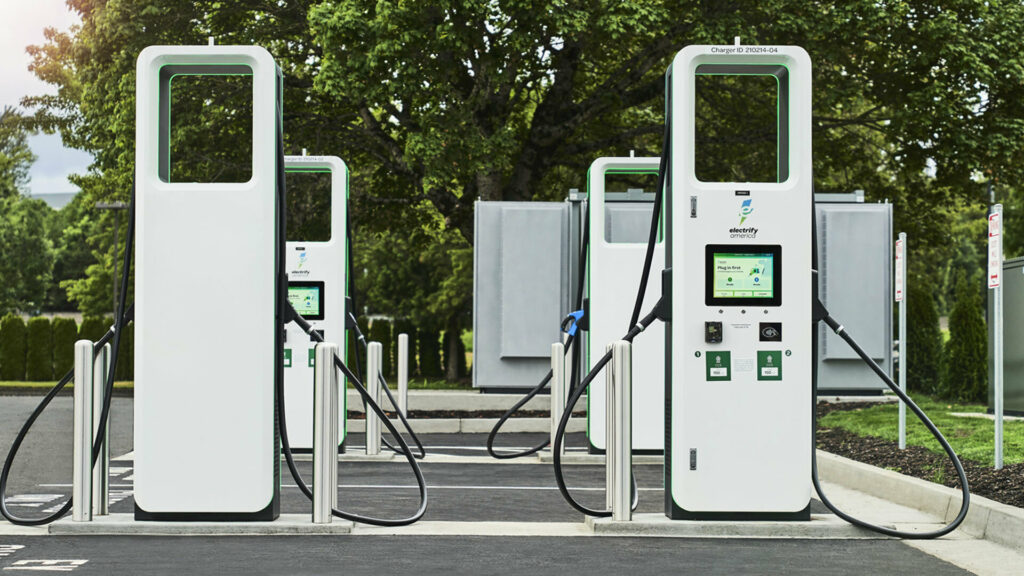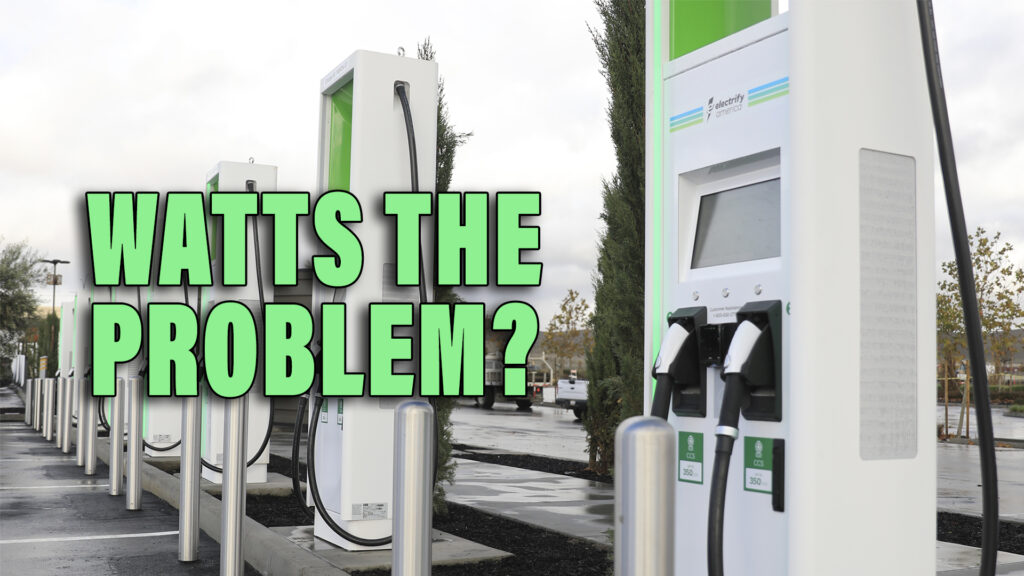Tesla was arguably the first among EV makers to establish a robust charging network. However, as other companies strive to catch up, they also encounter challenges. While the non-Tesla network of EV chargers expands, ensuring the reliability of all chargers at these stations remains an ongoing issue, particularly as electric vehicles become more commonplace.
Joanna Stern, a reporter from the Wall Street Journal, took her Rivian R1T on a journey to all the non-Tesla DC fast charging stations she could find in the Los Angeles area. But despite this region being more charger-dense than any other in the country, what she found was quite discouraging.
Read More: BP Just Dropped $100 Million To Bring Tesla Superchargers To Its Gas Stations

See Also: These Are The 10 Shortest-Range New EVs In America
Of the 30 non-Tesla charging stations she visited, 13 of them had an issue of some sort, amounting to a 40+ percent defect rate. Of the 126 individual chargers at those 30 charging stations, 27 percent were found to be defective. Some of the issues the Wall Street Journal reporter experienced at these chargers included out-of-order signs, dead screens, error messages that rendered the charger unusable, power issues, broken hardware, payment rejection, and charger-to-vehicle communication failure.
If the auto industry truly wants to bring EVs into the mainstream, these growing pains with the infrastructure need to be addressed. Thankfully, with many manufacturers beginning to adopt Tesla’s charging port, we could see less pressure on the other charging stations, allowing them to focus on beefing up their existing infrastructure while continuing to expand. That being said, it begs the question of whether Tesla will be able to keep up with this newly increased load on their own charging network.



